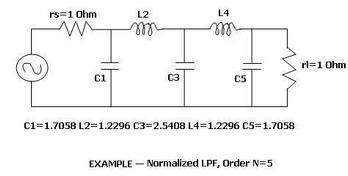RF Coil Basics: Design and Construction
Advertisement
As we know, inductors and capacitors are the main components used in RF tuning circuits.
The resonant frequency of the tank circuit is determined by the following equation:
F = 1/((2*pi)*SQRT(LC))
From the above equation, L and C can be found easily which will be:
C = 1/(39.5*F2*L)
L = 1/(39.5*F2*C)
Capacitors of various different values are easily available, but it is difficult to find inductors of your need. Hence, people are usually left with designing RF coils of their own.
RF coils fall under two categories: air core coil and non-air core coil.
For non-air-core coils, ferrite, powdered iron, or toroid can be used as core material.
How to Make an RF Coil
Depending upon fixed or variable RF coil design, a suitable core needs to be chosen, and any conductor such as insulated thin copper wires are wrapped around the core.
The material of the core is selected based on the operating frequency. For a variable inductor, a shielded slug-tuned inductor form is used.
After determining the core, the next step for RF coil design is to determine the number of turns (N) as per the following equation:
N = 100 * (L/0.9*AL)0.5
Where:
- L is the inductance in µH
- N = Number of turns
- AL factor is a function of the properties of the core material. AL value depends on the frequency range of operation.
Advertisement
 RF
RF



